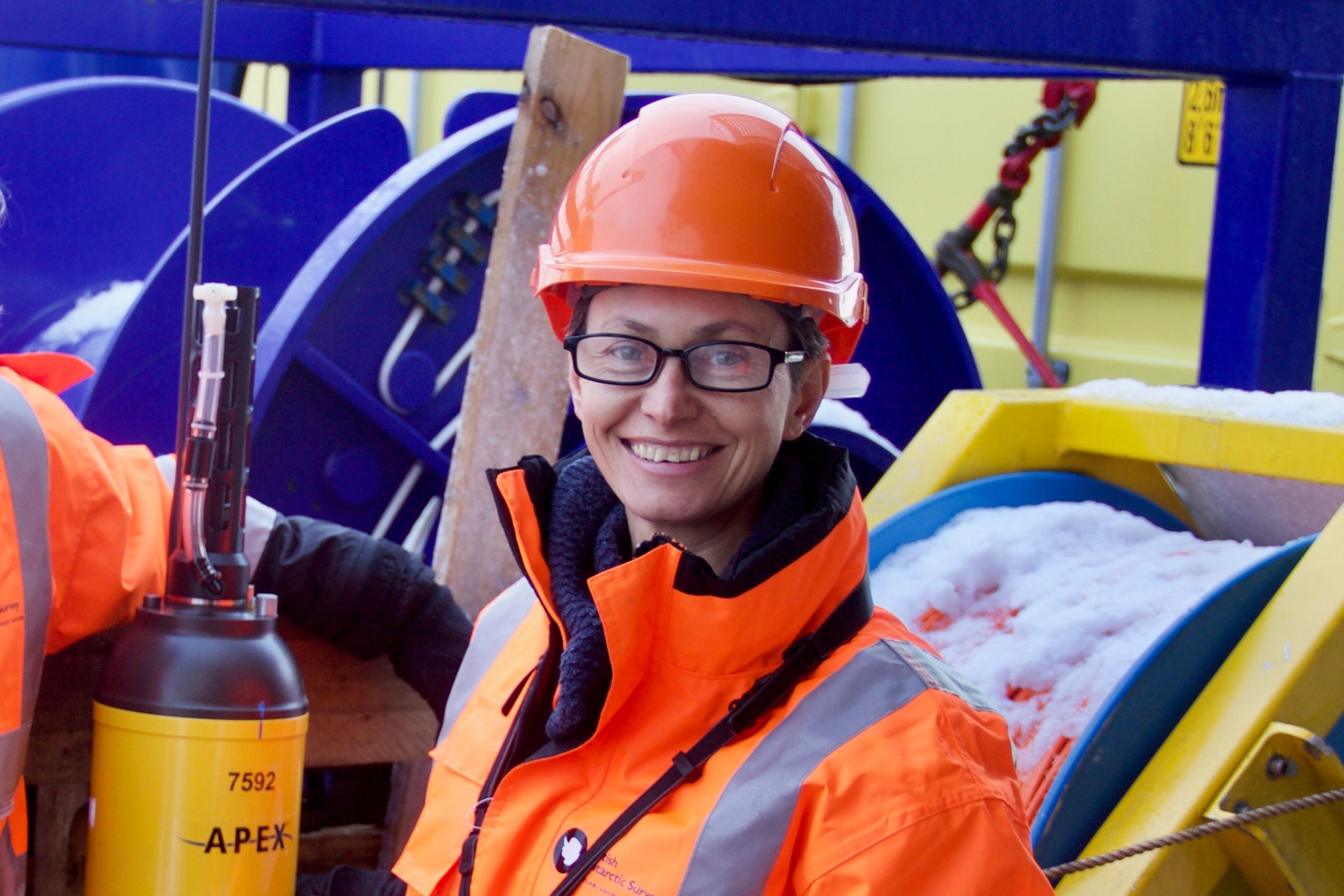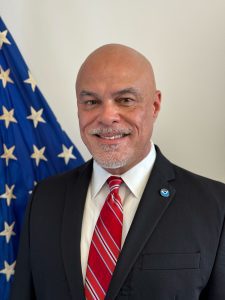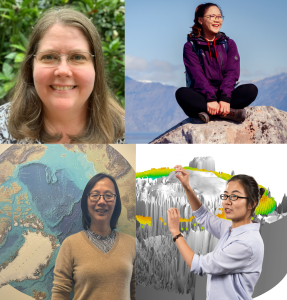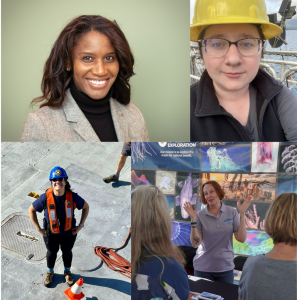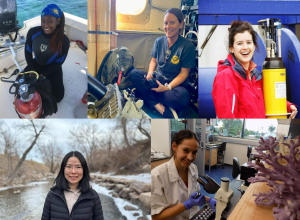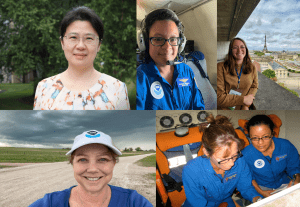Sonya Legg is a physical oceanographer (someone who investigates the physics and dynamics of the ocean) working in the Ocean and Cryosphere Division at NOAA's Geophysical Fluid Dynamics Laboratory (GFDL) through the Cooperative Institute for Modeling the Earth System (CIMES), hosted at Princeton University. Her research focuses on small-scale mixing processes in the ocean and their role in climate. Together with her NOAA colleagues, she is developing better representations of ocean mixing for climate models. Sonya’s research largely involves computer simulations, but she has also been lucky enough to join colleagues conducting ocean field work on a couple of occasions.
Sonya is also the Associate Director of CIMES, and in that role she coordinates the recruitment and selection of postdocs who work at GFDL. She also coordinates the CIMES intern program, bringing students from diverse backgrounds to experience research in earth system science at GFDL. Another activity she enjoys as the CIMES associate director is outreach: every year she leads a group of CIMES/GFDL early career scientists in demonstrating table-top oceanography experiments at the New Jersey Ocean Fun Days weekend, in addition to engaging in other outreach events on the Princeton campus and in the local community.
What drew you to your current career or field?
I was interested in weather and climate from an early age (I had my own weather station thermometers when I was about 9 years old) and intended to become a meteorologist after completing my BS in Physics. However after starting my PhD research in meteorology, applications of the same theoretical ideas to physical oceanography seemed promising, and so I became an accidental physical oceanographer. This was especially surprising to me as I grew up in a land-locked country, and saw the ocean only twice before the age of 10.
What is your typical day at NOAA like, and how has the pandemic changed your typical work day?
Normally, the majority of my day would be spent in my office, carrying out ocean fluid dynamics simulations on the GFDL supercomputers and analyzing the results of these simulations, as well as attending seminars, and meeting with students, postdocs and other colleagues. I normally also travel a lot to conferences and workshops, spending about four weeks per year away.
Now of course there is no travel, but the work continues from my home office. Meetings with colleagues are all by video conference, but we keep up with each other through a daily virtual group coffee meeting. Workshops and conferences also continue, sometimes with strange timing in order to accommodate time-zones around the world. Outreach has been severely curtailed this year, but I contributed a video to the online version of the New Jersey Ocean Fun Days, and I led an online oceanography workshop at part of a Boys and Girls Clubs STEM event for middle schoolers.
What were some of the challenges you faced this year? Have you been able to adapt and if so, how?
Compared to many other researchers, I have been very fortunate; my children are in high school and college, I had no field-work planned, I am able to work almost as well from home as from the office, and my graduate class at Princeton University has translated well online. I have appreciated being able to participate in meetings and seminars around the world. Hardest to replicate have been all the fun aspects of being in the office —the casual chats over lunch and the small group interactions that make working at GFDL a pleasure. We have worked hard to keep up our daily coffee and to make time to socialize, but sometimes we just want to turn the computer off.
Given the drastic changes in work environments, how do you see your workplace changing in the future, or what do you hope will change?
I very much hope that we will re-evaluate the use of long-distance travel for work-related meetings. While I love to travel and explore new places, attending several meetings a year all around the globe, often with little time to appreciate the new place before returning home, is something that I hope we can avoid, especially now that we are learning to use video-conferencing more effectively. The carbon footprint of such travel has been a large portion of my personal carbon footprint, and some people are unable to travel for personal, health, and family reasons. Changing to more virtual conferences will allow more people to remain engaged in science and reduce carbon emissions.
What do you enjoy most about your work?
I used to most enjoy finding out something new, that no one else knew before. Now, I get my greatest enjoyment from seeing someone I mentor, whether a graduate student or postdoc I am advising, or someone I am mentoring more informally, making progress in their development as a researcher and scientist.
